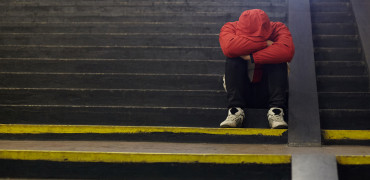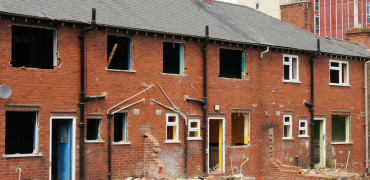Last week saw the hottest day on record. As Britain (and most of Europe) was steeped in sun, temperatures rose to as high as 38.1C (100.6F) in parts of the country.
Whilst most of us saw that as a chance to don a pair of shorts and sit outside, it cannot be dismissed that extreme weather in either direction can spell disaster for vulnerable people.
Figures from the Office for National Statistics indicate 614 heat-related deaths have already been recorded this summer, and analysists fear that hundreds more Brits may have lost their lives to the blistering heatwaves that have scorched the UK so far this year.
The full death toll from this summer’s hot weather will not be known for a few more months yet, but is likely to exceed 1,000 based on what has happened in previous years.
In Summer 2018, Public Health England estimated that hot weather was accountable for 863 excess deaths.
Alarmingly, last time the thermometer soared to the heights we saw on Thursday 25th was in 2003 when around 2,000 excess deaths were recorded.
Thankfully there’s a wealth of solutions available which make houses healthy, comfortable and safe spaces to call home.
Winter is coming
And of course, it gets worse in the winter.
In the 2017 to 2018 winter period, there were an estimated 50,100 excess winter deaths in England and Wales alone. The number of excess winter deaths in 2017 to 2018 was the highest recorded since winter 1975 to 1976.
Females and the elderly are the most affected by excess winter mortality.
When one takes a look at these stark and sobering statistics, it’s clear to see that as landlords social housing providers have a responsibility to protect tenants from the extremities of Britain’s climate.
How can they do this?
By taking an holistic approach to the changing seasons.
What can be done?
Raised core body temperatures over a prolonged period are responsible for a plethora of illnesses.
Some, such as heat rash and heat cramps, can be considered less serious.
But people who get too hot and are unable to cool down can also end up with heat syncope (light-headedness and fainting), heat exhaustion, heat stroke or even death.
Many deaths could be prevented if people’s homes had better ventilation, and windows were fitted with shutters or blinds.
These are the kinds of modifications that need to be planned and carried out before a heatwave.
Efficient ventilation
Mechanical Ventilation with Heat Recovery (MVHR) is one such modification that should be considered for the comfort, health and wellbeing of tenants.
MVHR provides fresh filtered air into a building whilst retaining most of the energy that has already been used in heating the building.
Heat Recovery Ventilation is the solution to the ventilation needs of energy efficient buildings. Mechanical ventilation with heat recovery (MVHR), heat recovery ventilation (HRV) or Comfort ventilation are all names for the same thing.
A heat recovery ventilation system properly fitted into a house provides a constant supply of fresh filtered air, maintaining the air quality whilst being practically imperceptible.
MVHR works by extracting the air from the polluted sources e.g. kitchen, bathroom, toilets and utility rooms and supplying air to the ‘living’ rooms e.g. bedrooms, living rooms, studies etc.
The extracted air is taken through a central heat exchanger and the heat recovered into the supply air.
This works both ways; if the air inside the building is colder than the outside air then the building will retain its nice and cool temperature.
In summary
Just as landlords have a duty of care for their tenants in the dead of winter, so too do they in the height of summer.
Thankfully, there’s a wealth of products and solutions available today which when implemented make houses healthy, comfortable and safe spaces to call home.
Joe Bradbury is editor of Housing Association magazine




